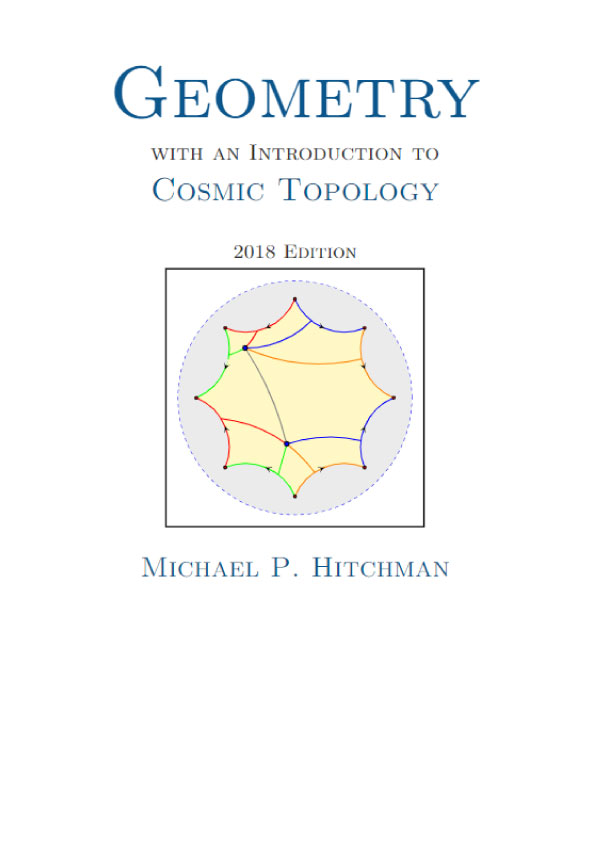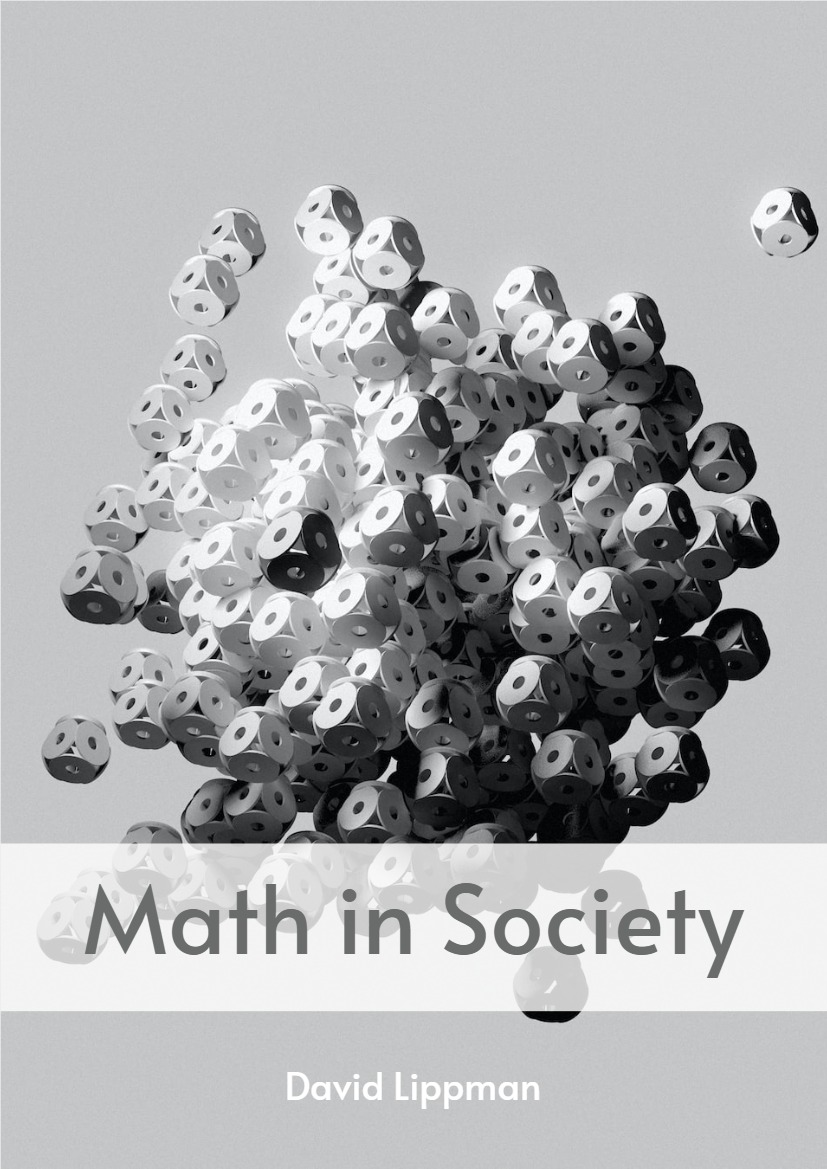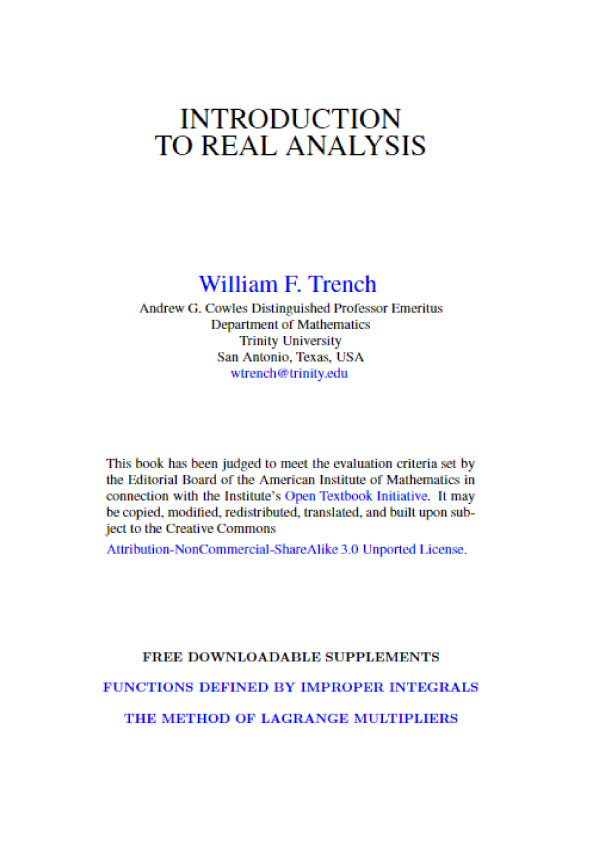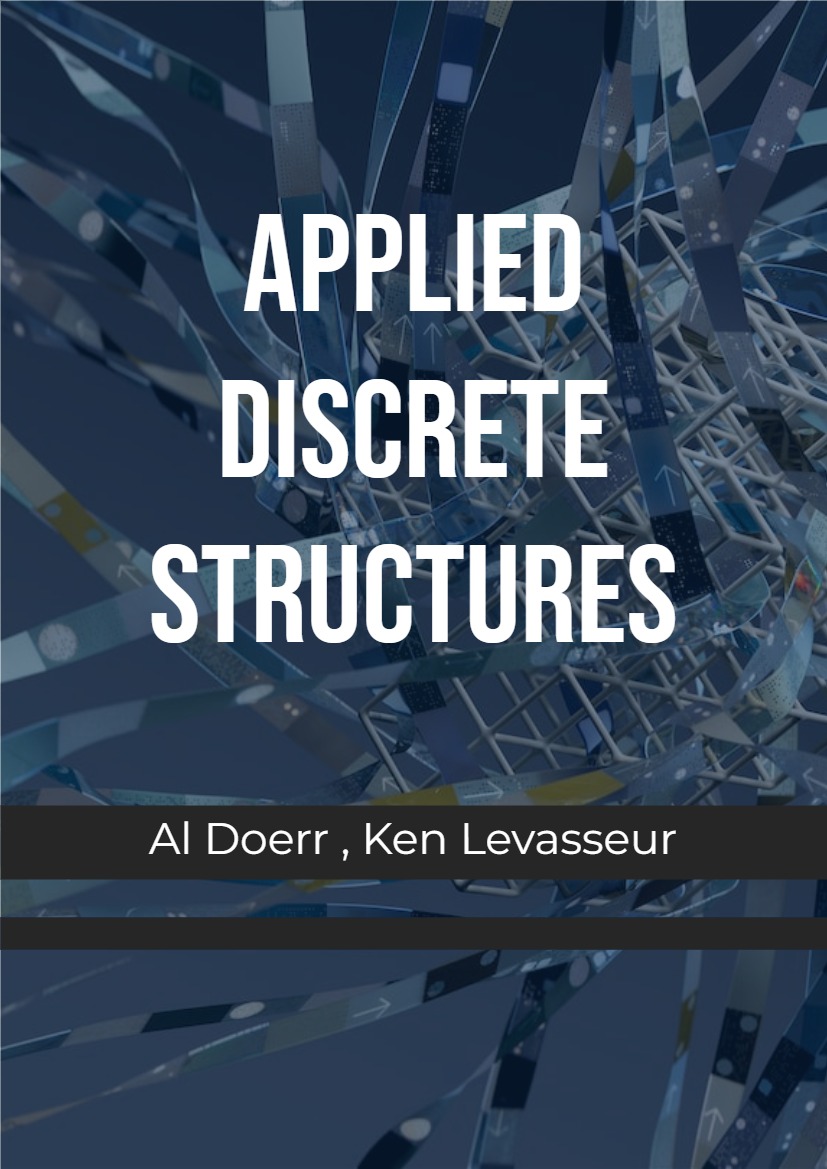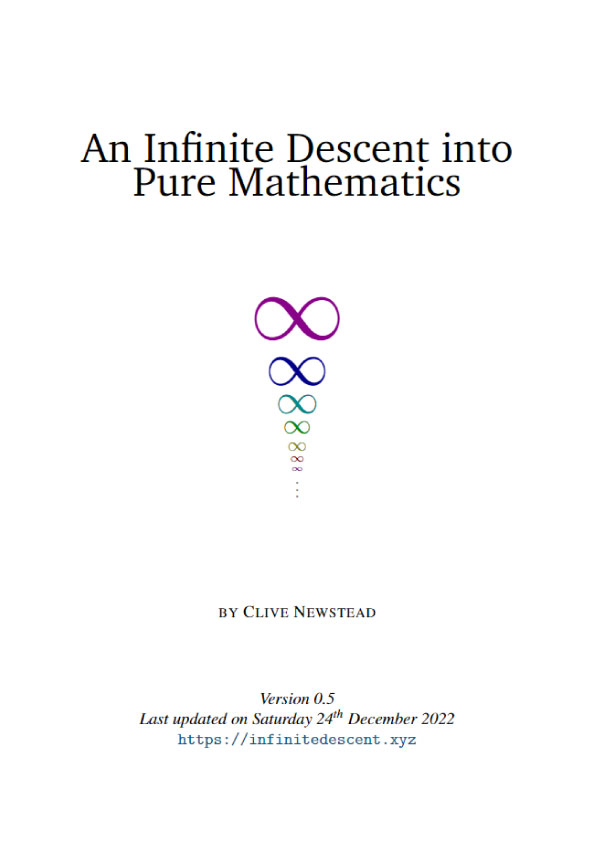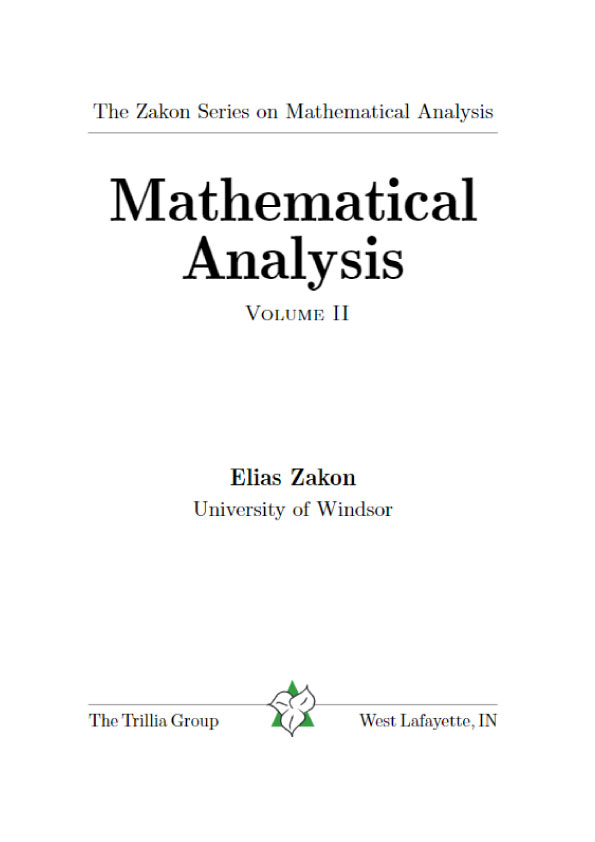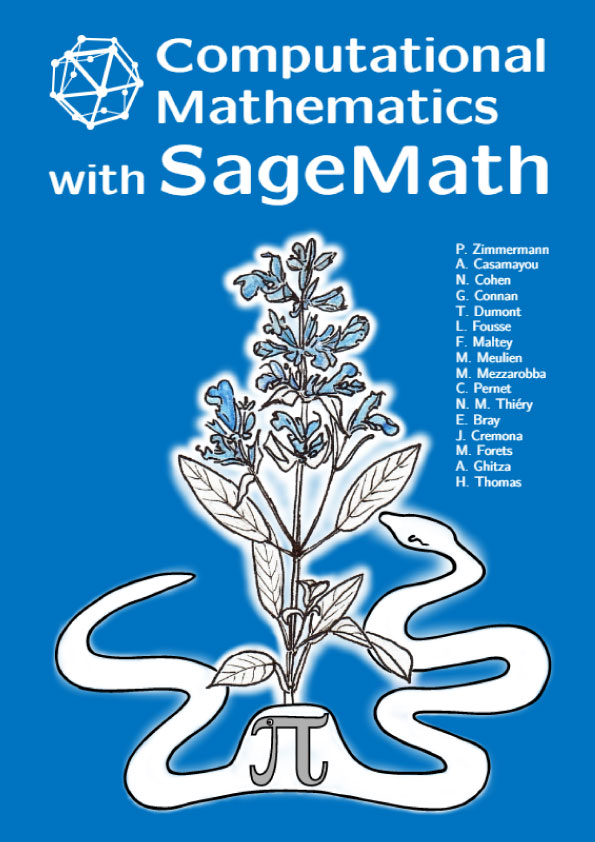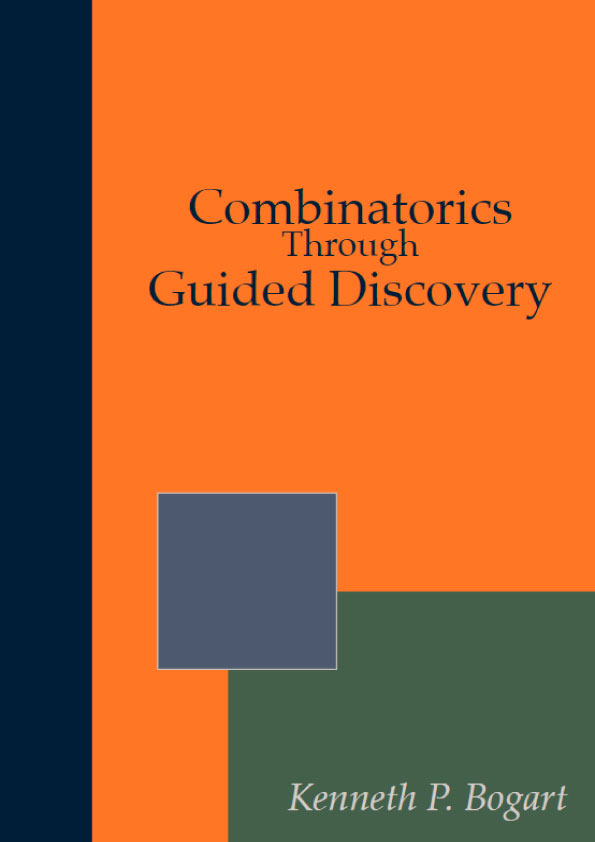An Invitation to Geometry
How can it be that mathematics, being after all a product of hu- man thought which is independent of experience, is so admirably appropriate to the objects of reality? —Albert Einstein
Out of nothing I have created a strange new universe. —János Bolyai
1.1 Introduction
Imagine you are a two-dimensional being living in a two-dimensional universe. Mathematicians in this universe often represent its shape as an infinite plane, exactly like the xy-plane you’ve used as the canvas in your calculus courses.
Your two-dimensional self has been taught in geometry that the angles of any triangle sum to 180◦. You may have even constructed some triangles to check. Builders use the Pythagorean theorem to check whether two walls meet at right angles, and houses are sturdy.

Figure 1.1.1 Measure a, b, and c and check whether a2 + b2 = c2. If equality holds, the corner is square!
The infinite plane model of the two-dimensional universe works well enough for most purposes, but cosmologists and mathematicians, who notice that everything within the universe is finite, consider the possibility that the universe itself is finite. Would a finite universe have a boundary? Can it have an edge, a point beyond which one cannot travel? This possibility is unappealing because a boundary point would be physically different from the rest of space. But how can a finite universe have no boundary?
In a stroke as bold as it is simple, a two-dimensional mathematician suggests that the universe looks like a rectangular region with opposite edges identified.
Consider a flat, two-dimensional rectangle. In fact, visualize a tablet screen. Now imagine that you are playing a video game called Asteroids. As you shoot the asteroids and move your ship around the screen, you find that if you go off the top of the screen your ship reappears on the bottom; and if you go off the screen to the left you reappear on the right. In Figure 1.1.2 there are just five asteroids. One has partially moved off the top of the screen and reappeared below, while a second is half way off the right hand “edge” and is reappearing to the left.
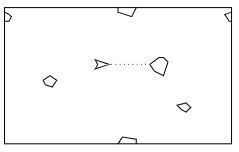
Figure 1.1.2 A finite two-dimensional world with no boundary.
Thus, the top edge of the rectangle has been identified, point by point, with the bottom edge. In three dimensions one can physically achieve this identification, or gluing, of the edges. In particular, one can bend the rectangle to produce a cylinder, being careful to join only the top and bottom edges together, and not any other points. The left and right edges of the rectangle have now become the left and right circles of the cylinder, which themselves get identified, point by point. Bend the cylinder to achieve this second gluing, and one obtains a donut, also called a torus.
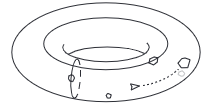
Figure 1.1.3 The video screen in Figure 1.1.2 is equivalent to a torus.
Of course your two-dimensional self would not be able to see this torus surface in 3-space, but you could understand the space perfectly well in its rectangle-with- edges-identified form. It is clearly a finite area universe without any edge.
A sphere, like the surface of a beach ball, is another finite area two-dimensional surface without any edge. A bug cruising around on the surface of a sphere will observe that locally the world looks like a flat plane, and that the surface has no edges.
Consideration of a finite-area universe leads to questions about the type of geometry that applies to the universe. Let’s look at a sphere. On small scales Euclidean geometry works well enough: small triangles have angle sum essentially equal to 180◦, which is a defining feature of Euclidean geometry. But on a larger scale, things go awry. A very large triangle drawn on the surface of the sphere has an angle sum far exceeding 180◦. (By triangle, we mean three points on the surface, together with three paths of shortest distance between the points. We’ll discuss this more carefully later.)
Consider the triangle formed by the north pole and two points on the equator in Figure 1.1.4. The angle at each point on the equator is 90◦, so the total angle sum of the triangle exceeds 180◦ by the amount of the angle at the north pole. We conclude that a non-Euclidean geometry applies to the sphere on a global scale.
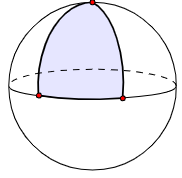
Figure 1.1.4 A triangle on a sphere.
In fact, there is a wonderful relationship between the topology (shape) of a surface, and the type of geometry that it inherits, and a primary goal of this book is to arrive at this relationship, given by the pristine Gauss-Bonnet equation
kA = 2πχ.
We won’t explain this equation here, but we will point out that geometry is on the left side of the equation, and topology is on the right. So, if a two-dimensional being can deduce what sort of global geometry holds in her world, she can greatly reduce the possible shapes for her universe. Our immediate task in the text is to study the other, non-Euclidean types of geometry that may apply on surfaces.
